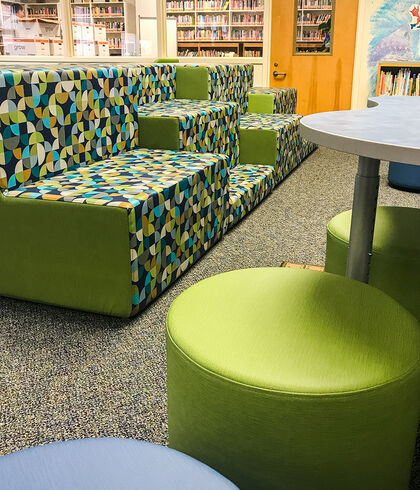Loading...

Plausible Goals for Learning Space Design - Potential Directions (Part 3)
The first two posts of this series discussed learning space pilot programs and the consistent and specific outcomes I have observed by supporting these experiences.
Every school I work with is different and each has different expectations for the design of spaces. Goals can differ, but if you are considering spatial change, here are four recommendations that can jump start your thinking about plausible goals for learning space change.Create spaces that students want to be in.
Create spaces that kids enjoy. Create an invitation into the space that says this space is about them and their learning. The space should be comfortable both physically and emotionally - grounded by decency, compassion, empathy and acceptance. Grant them ownership of the space and allow them to make it their own.
Create spaces that catalyze learning.
Spaces should add dimension and depth to the learning experience and extend and amplify teaching and learning. The space should be a catalyst that invokes the wonder and curiosity associated with child-like learning.
Create spaces that support the development of community.
Create spaces that support the interactions and relationships that lead to the development of inclusive and human learning communities.
Create spaces that can catalyze educational change.
Take a transformational approach to learning space change. New spaces, that are authentic and compelling, can be an essential element of creating a new type of school that offers students a rich and contemporary school experience.
Whatever your goal or goals, clearly define and communicate them. Revisit them often and refine them as necessary as your understanding of the intersection of space and learning grows. Goals point an organization in the right direction and they should be something that adapt and change as an organization’s capacity grows and develops.
David Jakes’ career as an educational designer has been influenced by the variety of roles and positions that he has held over 35 years. As a classroom science teacher, David developed a deep understanding of teaching and learning that has served as a foundation for his entire professional life....Read More